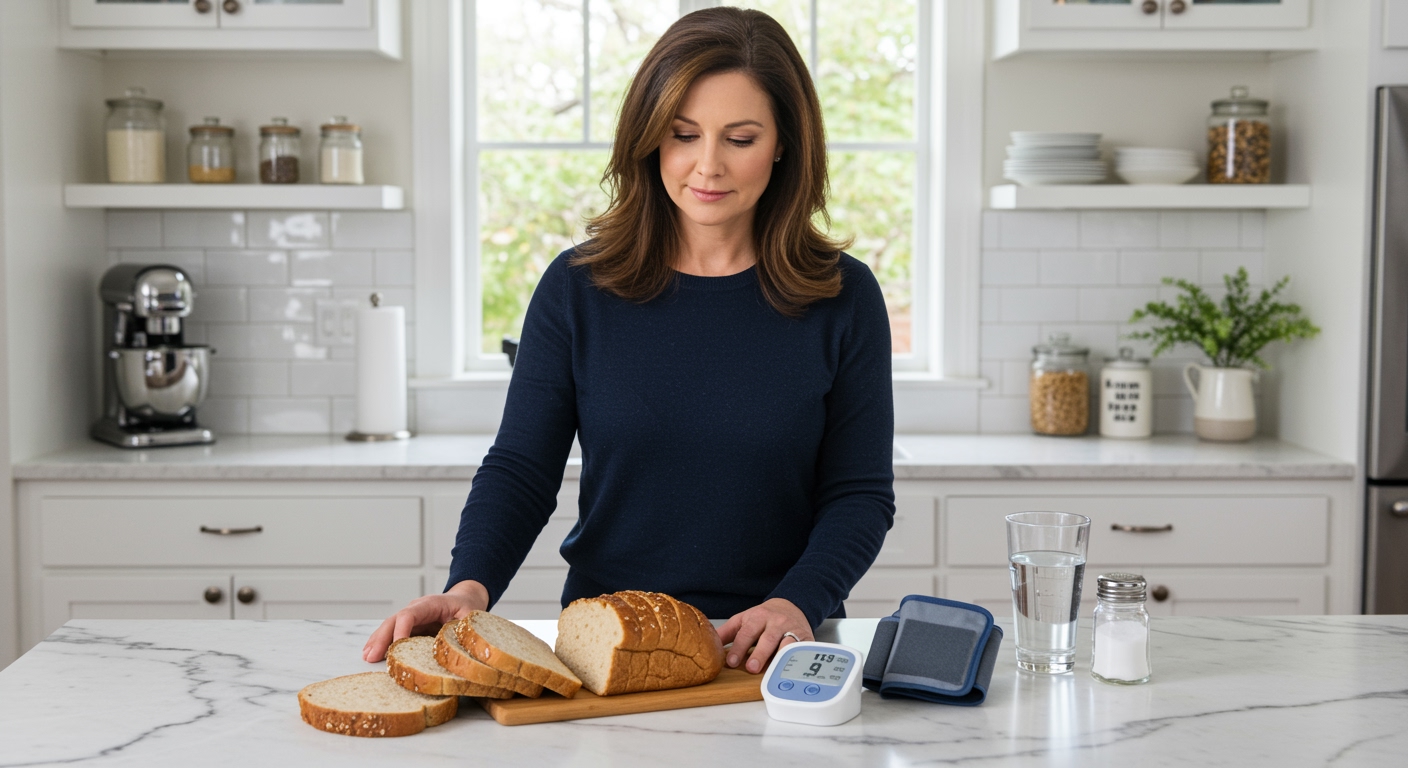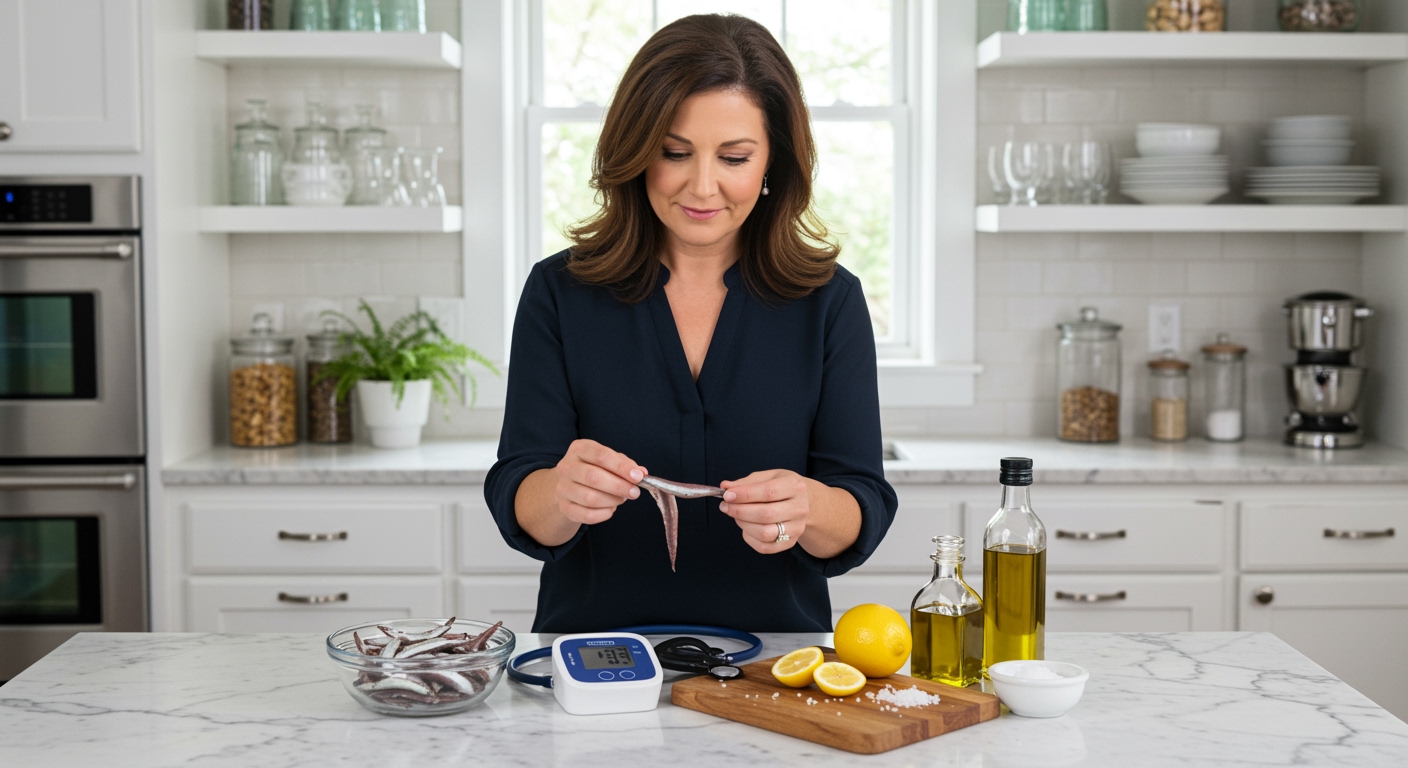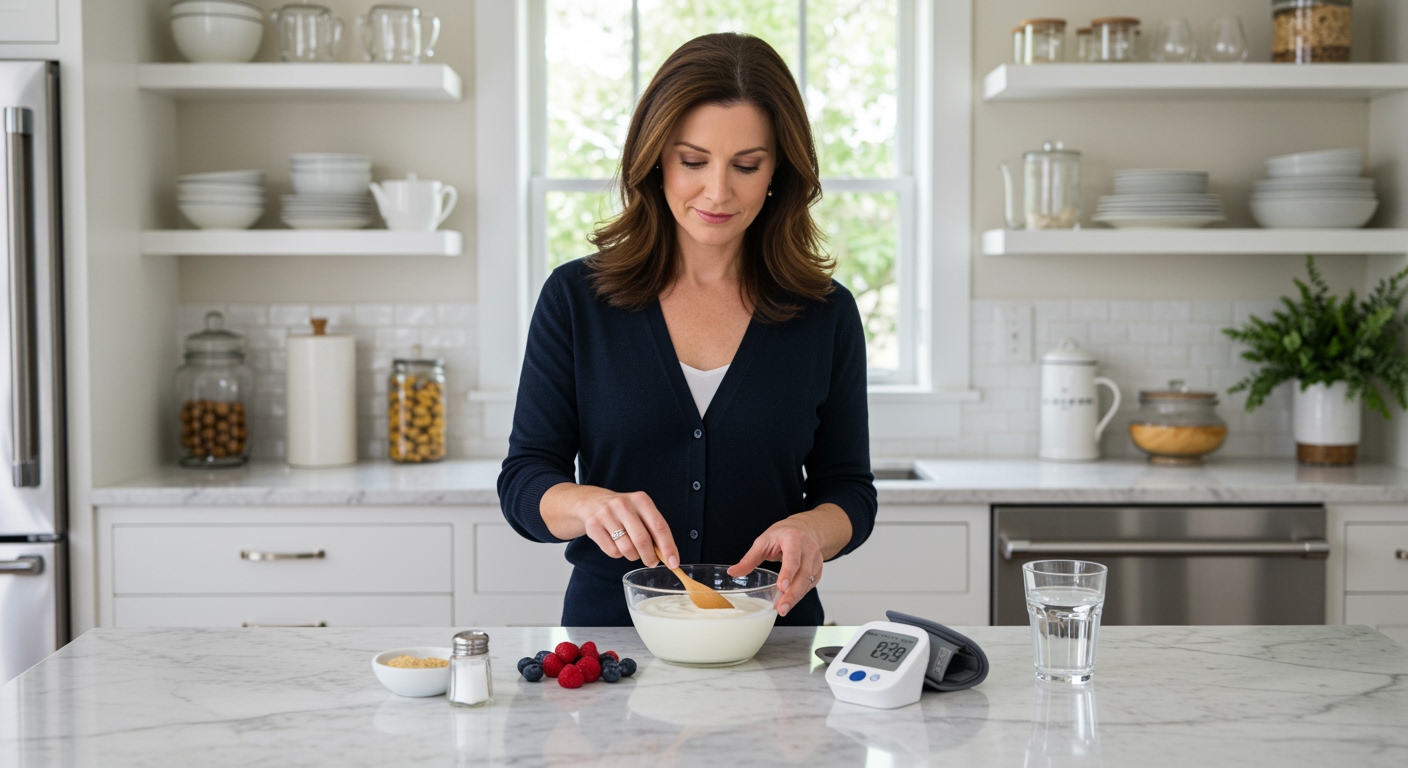✪ Key Takeaway: Low blood pressure patients can eat bread, but whole grain varieties with adequate sodium provide better support than refined options.
Introduction
Your doctor just told you that your blood pressure is too low, and now you are wondering if eating more bread could help.
Many people with low blood pressure feel confused about their diet because most nutrition advice focuses on reducing blood pressure, not raising it.
Hi, I am Abdur, your nutrition coach, and today I am going to explain whether bread can be a helpful addition to your low blood pressure management plan.
What Happens When You Eat Bread With Low Blood Pressure?
When you eat bread, your body breaks down the carbohydrates into glucose, which enters your bloodstream and provides immediate energy.
This process triggers your pancreas to release insulin, a hormone that helps cells absorb glucose from your blood.
For people with low blood pressure, this carbohydrate response can provide a gentle boost to circulation as your heart works to pump nutrient-rich blood to all your organs.
The sodium content in most commercial breads also plays a role in blood pressure regulation by helping your kidneys retain more fluid.
However, the type of bread you choose makes a significant difference in how your body responds and how long the effects last.
✪ Fact: One slice of commercial bread contains about 150-200mg of sodium, which can help maintain blood volume in hypotensive patients.
Does White Bread Help More Than Whole Grain Bread?
White bread causes a rapid spike in blood sugar because it contains refined flour that your body digests quickly.
This quick digestion can provide an immediate but short-lived energy boost that might temporarily improve circulation in people with low blood pressure.
Whole grain bread, on the other hand, provides a more sustained release of energy because the fiber slows down digestion and glucose absorption.
The sustained energy from whole grains helps maintain steady blood flow throughout the day rather than creating peaks and valleys.
Whole grain bread also contains more B vitamins, particularly B1 (thiamine) and B6 (pyridoxine), which support healthy nerve function and cardiovascular health.
For long-term blood pressure management, whole grain options provide better nutritional support while still delivering the carbohydrates and sodium your body needs.
✪ Pro Tip: Choose whole grain bread with visible seeds and grains for maximum nutritional benefit and sustained energy release.
How Much Bread Should You Eat Daily?
Most nutrition experts recommend that people with low blood pressure consume 2-4 slices of bread per day as part of a balanced diet.
This amount provides approximately 300-600mg of sodium and 30-60 grams of carbohydrates, which can support healthy blood volume and energy levels.
The timing of your bread consumption matters as much as the quantity because your body responds differently to carbohydrates throughout the day.
Eating bread with breakfast helps stabilize your blood pressure after the natural morning drop that occurs when you wake up.
Having a slice with lunch provides sustained energy for the afternoon, while avoiding bread late in the evening prevents unnecessary blood sugar fluctuations before sleep.
Remember that bread should complement other foods rather than replace nutrient-dense options like vegetables, lean proteins, and healthy fats.
✪ Note: Pair bread with protein or healthy fats to slow digestion and maintain more stable blood pressure throughout the day.
Are There Better Alternatives To Regular Bread?
Several bread alternatives can provide similar benefits for low blood pressure while offering additional nutritional advantages.
Sourdough bread undergoes fermentation, which breaks down some of the starches and makes it easier to digest while maintaining beneficial carbohydrates.
The fermentation process also creates natural probiotics that support gut health, which plays an important role in overall cardiovascular function.
Ezekiel bread, made from sprouted grains and legumes, provides more protein and fiber than traditional bread while still delivering the carbohydrates your body needs.
Rye bread contains more fiber and nutrients than wheat bread, plus it has a lower glycemic index that provides more stable blood sugar levels.
However, regular whole grain bread remains an excellent choice for most people with low blood pressure because it is widely available, affordable, and nutritionally adequate.
✪ Fact: Sourdough fermentation can reduce the glycemic impact of bread by up to 25% while maintaining its blood pressure benefits.
The Bottom Line
Low blood pressure patients can definitely include bread in their diet, and it may actually help support healthy circulation when chosen and consumed wisely.
Smart nutrition choices are not about eliminating foods but about understanding how they work in your unique situation.
I would love to hear about your experience with bread and low blood pressure management, so please share your thoughts or questions in the comments below.
References
At NutritionCrown, we use quality and credible sources to ensure our content is accurate and trustworthy. Below are the sources referenced in creating this article:





